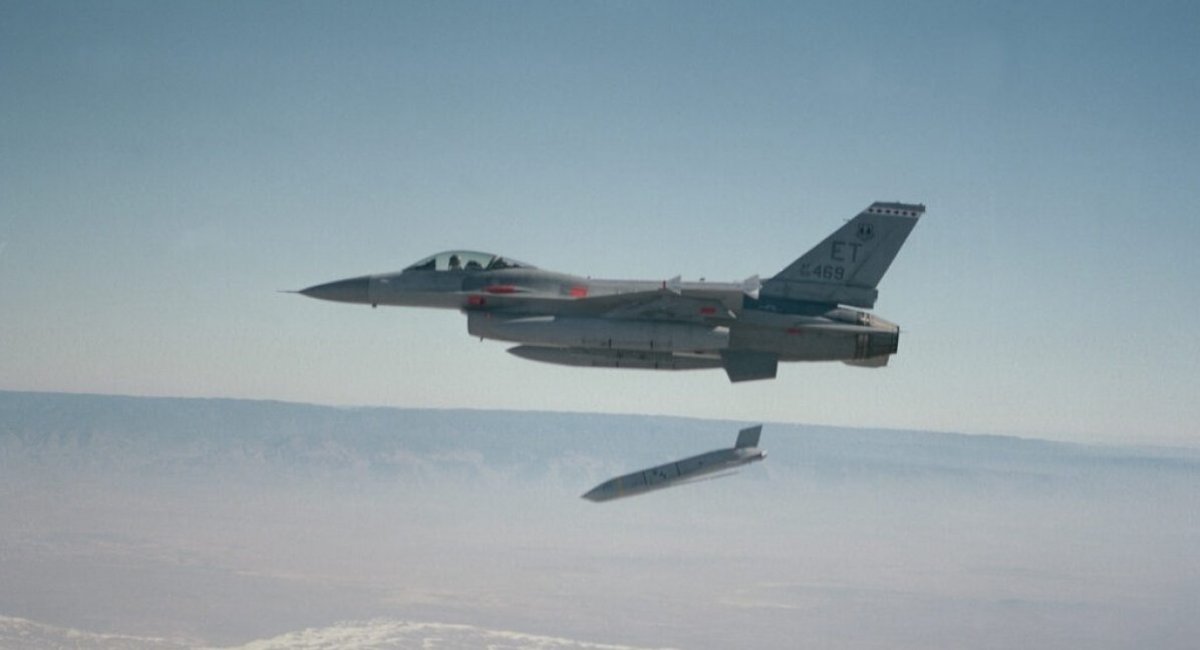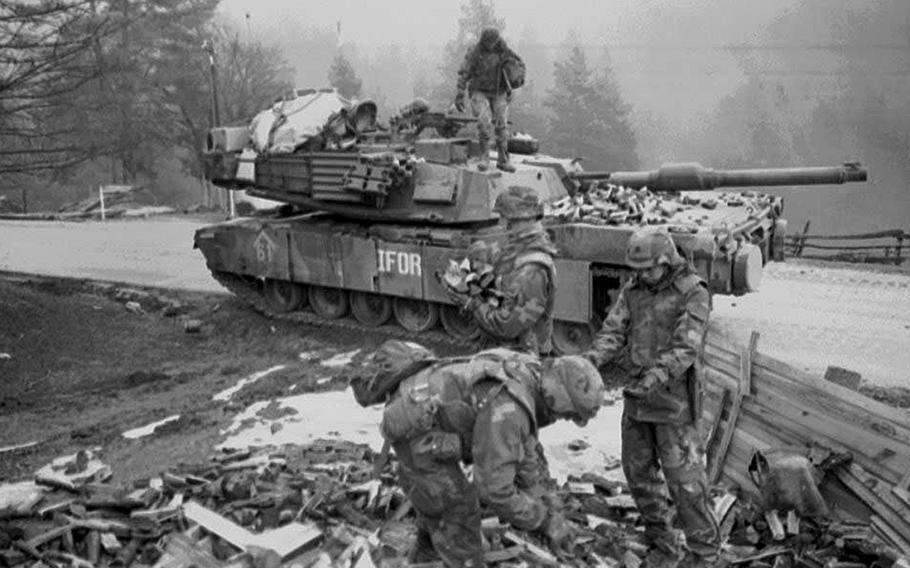If the U.S. completely stops providing military aid to Ukraine, European countries will need to increase their support for our country by an additional amount ranging from $100 billion to $350 billion, depending on how events unfold on the battlefield.
Moreover, it is necessary to consider that a ground component of potential peacekeeping forces comprising 30,000 troops will be insufficient, given the size of our state and the current length of the line of engagement.

This perspective is outlined in a recent publication by the reputable analytical center IISS, which can be read in full here. We will highlight the most important points and summarize them.
Considering the current situation, it would be particularly relevant for Ukraine to enhance the supply of Patriot missile defense systems and additional complexes of this type, as well as to finally receive long-range AGM-158 JASSM missiles for use with F-16s, without any political constraints. However, this is more of an "ideal model" than a feasible option that our country can currently obtain.
The situation is further complicated by the fact that, according to IISS authors, European countries lack sufficient industrial capacity to physically produce the volume of weapons and ammunition that the U.S. has supplied to the Ukrainian Armed Forces. Although calculations show that throughout the war, the Americans have provided us with military assistance totaling $60 billion, while European countries have contributed €40 billion, indicating that the difference is not as significant as it might initially appear.

Furthermore, IISS experts believe that even if the U.S. maintains its current level of defense support, the Ukrainian Armed Forces will continue to hold back the Russian forces along the line of engagement, and even achieve something akin to a "ceasefire" regime. In such a case, Europe will still need to increase its supply of weapons and other military assistance to Ukraine by an additional €20 billion.
Interestingly, this publication draws a historical parallel: when in 1995-1996 the "Big Four" consisting of the U.S., France, Germany, and the United Kingdom were engaged in the conflict resolution process in the Balkans, American diplomats also acted particularly aggressively, effectively "pushing through" the so-called "Dayton Agreements," which ultimately did not yield the desired results, leading NATO to initiate a military operation against Serbia in 1999.
In fact, the parallels to the wars in the former Yugoslavia suggest that a peacekeeping contingent of 30,000 military personnel will be inadequate for Ukraine. During that historical period, a contingent of 50,000 "bayonets" was deployed in Bosnia and 39,000 in Kosovo.
